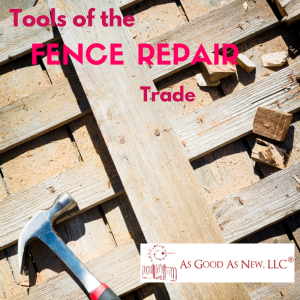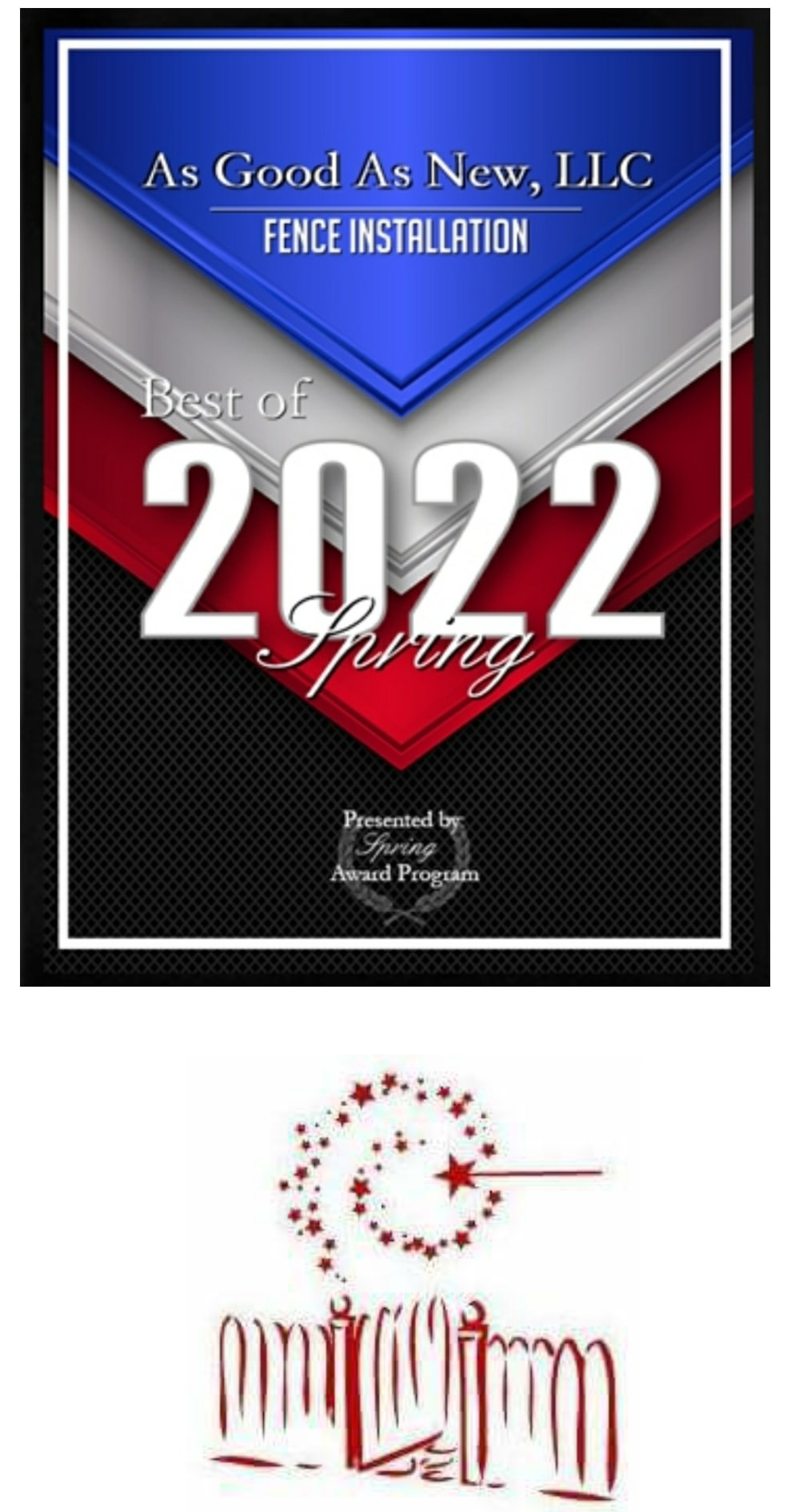Tools of the Fence Repair Trade
 When you hire a wooden fence repair contractor to work on your home, do you find yourself curious about the types of tools they use? Are they making the individual stakes from a giant log with a chainsaw, or is this something easy you could do yourself? In the article below, we hope to clear up some of the mystery around fence-related repair tools. We think that the common tools required for repairs to wooden fences may surprise you, and you may learn something interesting about the trusty fence your property relies on.
When you hire a wooden fence repair contractor to work on your home, do you find yourself curious about the types of tools they use? Are they making the individual stakes from a giant log with a chainsaw, or is this something easy you could do yourself? In the article below, we hope to clear up some of the mystery around fence-related repair tools. We think that the common tools required for repairs to wooden fences may surprise you, and you may learn something interesting about the trusty fence your property relies on.
Fence tools can be broken down into three broad categories:
- Digging Tools
- Pulling Tools
- Cutting Tools
Digging Tools
Removing fence posts or installing new ones will require you to dig. Standard shovels might be too big and slow for fence posts. Fortunately, there are specialized tools for creating post holes for fence posts. They go by different names, but they can greatly improve the speed and efficiency it takes to dig fence post holes.
- Post Hole Diggers
- Augers
- Jackhammers
- Tampers
- Trenching Shovel
Pulling Tools
When you are mending fences, joining pieces, or removing old rotted and warped pieces, pulling tools help get the job done. Professional fence repair companies like As Good As New rely on pulling tools to ensure your fence is repaired in the most effective way possible.
- Post Pullers
- Pul Jacks
- Shingle Remover
- Tensioning Claws
- Gate Clip
- Stretch Tools
- Cable Pullers
Cutting Tools
There is obviously a lot of cutting involved in wooden fence installation, and the same goes for repair. Whether we are replacing fence posts, or just trying to remove stubborn pats, the right cutting tools help make the job easier.
- Bolt Cutters
- Pipe Cutters
- Fence Pliers
- Fence Notchers
- Circular Saws
- Loppers
Warnings about Fence Mending and Tools
Whether you are doing repairs yourself or have professional contractors arriving to mend a fence on your property, safety awareness is critical. Unlike other types of contracting work, wooden fence installation and repair require concentration to keep injuries from occurring. Plus, the work occurs outdoors in an environment that is difficult to control — especially if the fence is compromised. For example, pets, children and people living with disabilities that decrease their awareness may need to be secured indoors during fence mending activities. Neighbors will also appreciate a friendly warning about the safety risks involved with fence mending.
When a wooden fence is repaired, common wood shop tools can be employed such as electric saws and drills. However, there are a few tools you may not be familiar with as a homeowner. For instance, pro fence repair contractors use post hole diggers and augers that require specialized trucks in some cases. They may also use heavy equipment such as industrial-scale soil vacuuming equipment or backhoes, depending on the project.
Repainting your wood fence or replacing a few boards are minor repairs that most homeowners do themselves. Despite this, professional fence repair specialists are require for more intense fence problems or post replacements for a very good reason. Mainly, once you start doing digging of any kind, you run the risk of breaking underground pipes and wires. To avoid this kind of disaster, pros know to call local authorities so that they can work together to dig the hole with all the proper permits or papers in order.
Call As Good As New Today for Fence Repair you Can Trust!
We are always happy to help homeowners and property owners with a wide range of wood fence mending. From stripping, painting or keeping your fence standing upright, give us a call. We thank you in advance for choosing us, and we look forward to hearing from you.




